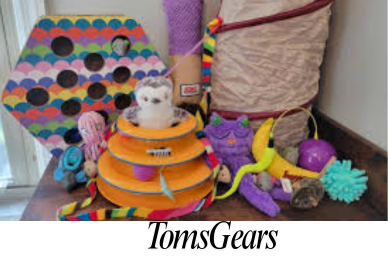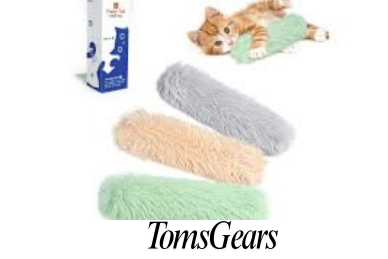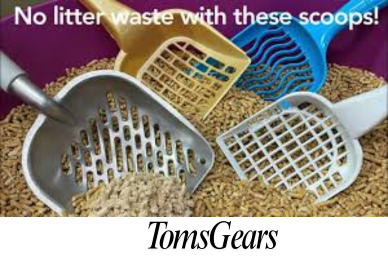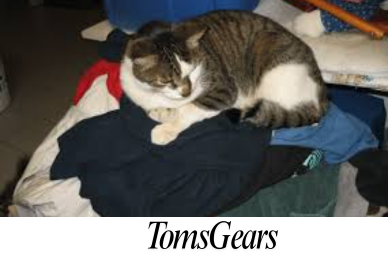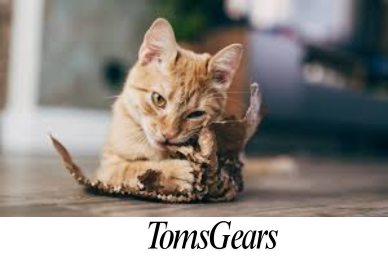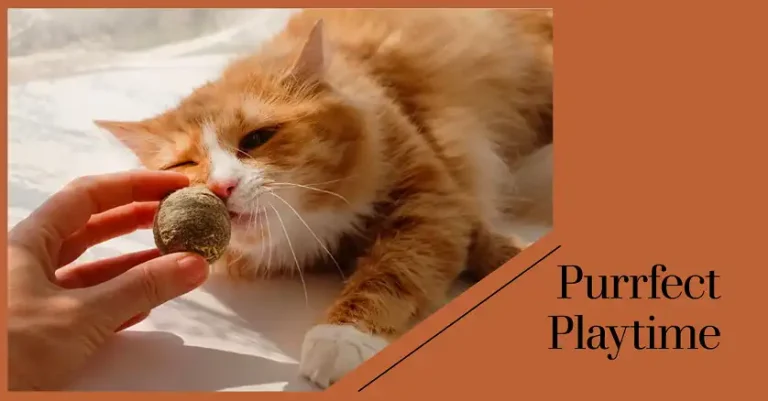How to Make Homemade Cat Toys with Recycled Materials?
Making homemade cat toys using recycled materials is not just a fun activity, but it also benefits your pet’s well-being and helps reduce waste. Many store-bought cat toys are expensive and often get ignored by cats, who might prefer simple, everyday items around the house. By creating cat toys at home using recycled materials, you can save money, personalize the toys according to your cat’s preferences, and contribute to a more sustainable environment. The good news is that you don’t need to be an expert crafter to make something your cat will enjoy. So, how can you turn ordinary household items into exciting playthings for your furry friend? Let’s dive in and explore some easy and creative ideas.
Why Use Recycled Materials for Cat Toys?
Recycling materials to make cat toys has multiple advantages. First and foremost, it’s an eco-friendly practice that helps reduce waste, as opposed to buying new plastic-based toys. According to a report by the Environmental Protection Agency (EPA), about 8.7% of the world’s plastic is recycled, which means most of it ends up in landfills. By using materials like cardboard, old fabric, or even wine corks, you’re making a positive impact on the environment.
Another benefit is cost savings. On average, a store-bought cat toy can range from $5 to $15 or more, whereas a homemade toy costs virtually nothing. Plus, you have the creative freedom to design toys that specifically cater to your cat’s play habits. Whether your cat likes chasing, scratching, or batting at things, you can craft a toy to suit their needs.
What Recycled Materials Are Best for Cat Toys?
Not all materials are safe for making cat toys, so it’s essential to choose wisely. Generally, cardboard, paper, fabric, and non-toxic plastics are safe options. You should avoid items like plastic bags, small buttons, or anything sharp that could injure your pet. Here are a few commonly found materials that work well:
- Cardboard: Use toilet paper rolls, egg cartons, or small cardboard boxes.
- Fabric Scraps: Old T-shirts, socks, or small pieces of felt can be cut and sewn into toys.
- Plastic Caps and Rings: Bottle caps and rings from milk jugs make great lightweight batting toys.
- Wine Corks: They are durable, easy to attach feathers to, and cats love batting them around.
These materials are not only safe but also readily available in most households, making it easy to start creating.
How Do You Make a Simple Cat Toy Using Recycled Toilet Paper Rolls?
A toilet paper roll can be turned into multiple toys depending on your creativity. One simple idea is a crinkle toy. To make this, take a toilet paper roll, flatten it, and cut it into small rings. Interlock the rings to form a ball shape. You can leave it as is, or add some bells inside to make a noise that attracts your cat’s attention.
Another option is a treat puzzle. Cut a few holes in the roll, place some dry cat treats inside, and fold the ends. Your cat will have to figure out how to get the treats out, which keeps them entertained and engaged.
How Can You Make a Cat Toy Out of Old Socks?
An old sock can be turned into a kicker toy, a great option for cats that like to wrestle and kick. To create this, take an old sock, stuff it with some fabric scraps or catnip, and sew the open end shut. You can also add small pieces of felt or ribbon to make a tail. Cats love to grab these toys with their paws and kick them with their back legs.
Can You Create an Interactive Toy from a Recycled Cardboard Box?
Yes, a cardboard box can be transformed into an interactive toy that provides hours of entertainment. To create a puzzle box, take a small cardboard box and cut holes of various sizes in the top. Place ping pong balls, small cat toys, or even crumpled paper inside. Cats will poke their paws through the holes to try to grab the items inside, satisfying their natural hunting instincts. This type of toy is particularly good for curious cats who like to figure things out.
How Do You Make a Feather Wand with Recycled Items?

To make a feather wand, you can use a wire hanger or a sturdy piece of string. Attach feathers, ribbons, or even pieces of fabric to one end. If using a hanger, straighten it and wrap the feathers tightly at the end, securing them with non-toxic glue. For a string version, simply tie the feathers or fabric at one end and attach the other end to a stick or ruler. Cats love to chase feather toys, so this DIY wand is a great way to engage with your pet and encourage exercise.
How Can You Use Wine Corks to Make Cat Toys?
Wine corks are perfect for making lightweight toys that cats love to bat around. One idea is to create a cork and feather chaser. Take a wine cork, poke a small hole in one end, and insert a feather or piece of ribbon. Secure it with non-toxic glue if necessary. You can also attach a string to the cork and use it as a dangle toy, allowing your cat to chase it around the room.
Are Homemade Cat Toys Made from Recycled Materials Safe?
Homemade cat toys can be safe as long as you use non-toxic materials and inspect the toys regularly. Avoid items that can easily break apart or have small pieces that your cat could swallow. Always supervise your cat when introducing a new toy to ensure they don’t chew or ingest parts that could be harmful.
How to Customize Recycled Cat Toys for Your Cat’s Personality?
Every cat has a unique play style, so it’s important to customize toys accordingly. For active cats, focus on toys that encourage movement, like feather wands or cork chasers. For curious cats, try puzzle toys made from boxes or treat dispensers made from egg cartons. If your cat prefers softer, snuggly toys, consider making a catnip-stuffed pillow from old fabric.
How Often Should You Replace Cat Toys Made from Recycled Materials?
Homemade cat toys, just like store-bought ones, should be replaced if they become worn out or broken. Regularly inspect the toys for loose threads, frayed fabric, or sharp edges that could pose a hazard. In general, rotating toys every two weeks keeps them fresh and interesting for your cat.
Final Tips
To keep your cat engaged, rotate toys frequently, introduce new textures, and observe how your cat interacts with each toy. Personalizing each toy based on your cat’s preferences will make playtime more enjoyable. Remember, the goal is to provide mental and physical stimulation while also being mindful of safety. By using recycled materials, you’re not only creating toys that your cat will love but also contributing to a more sustainable lifestyle.

